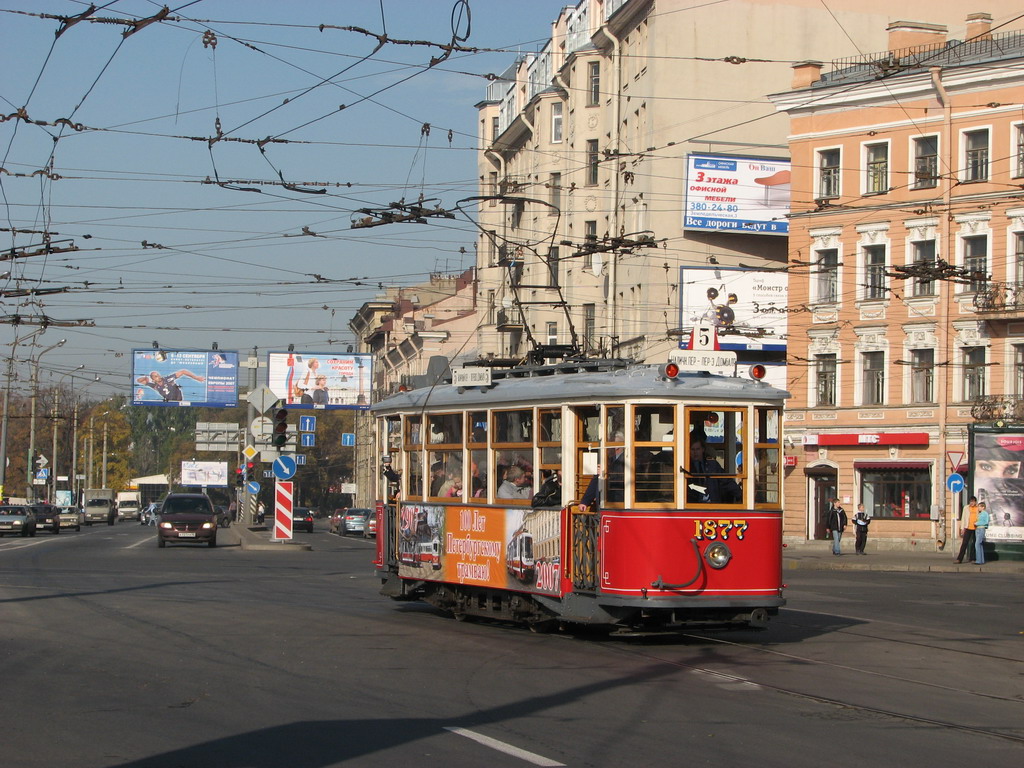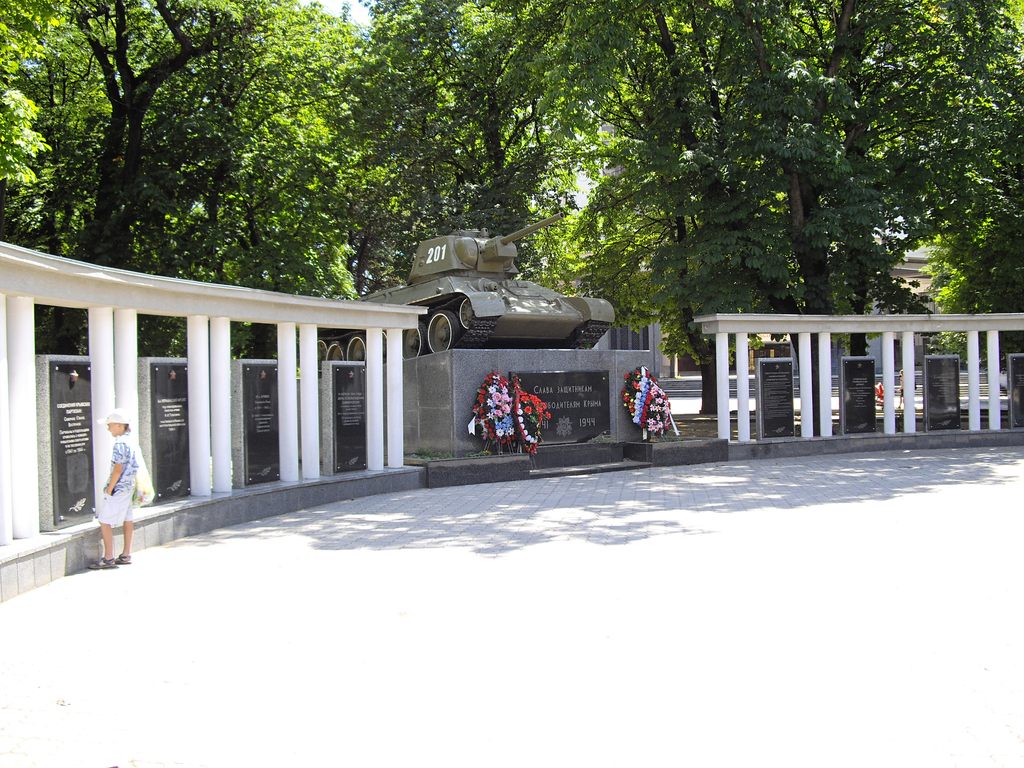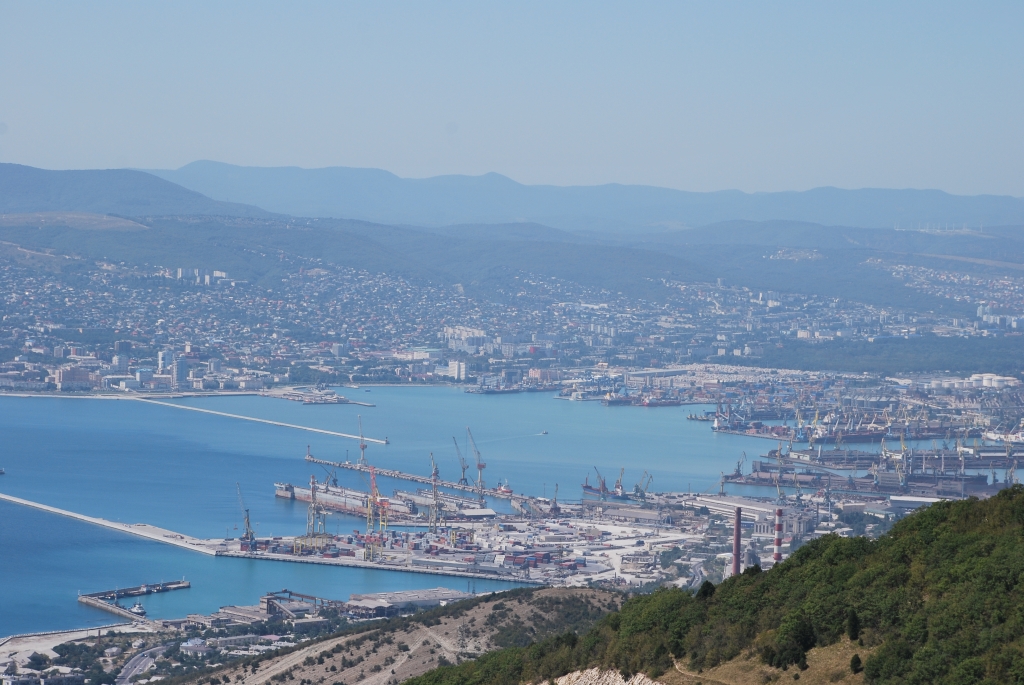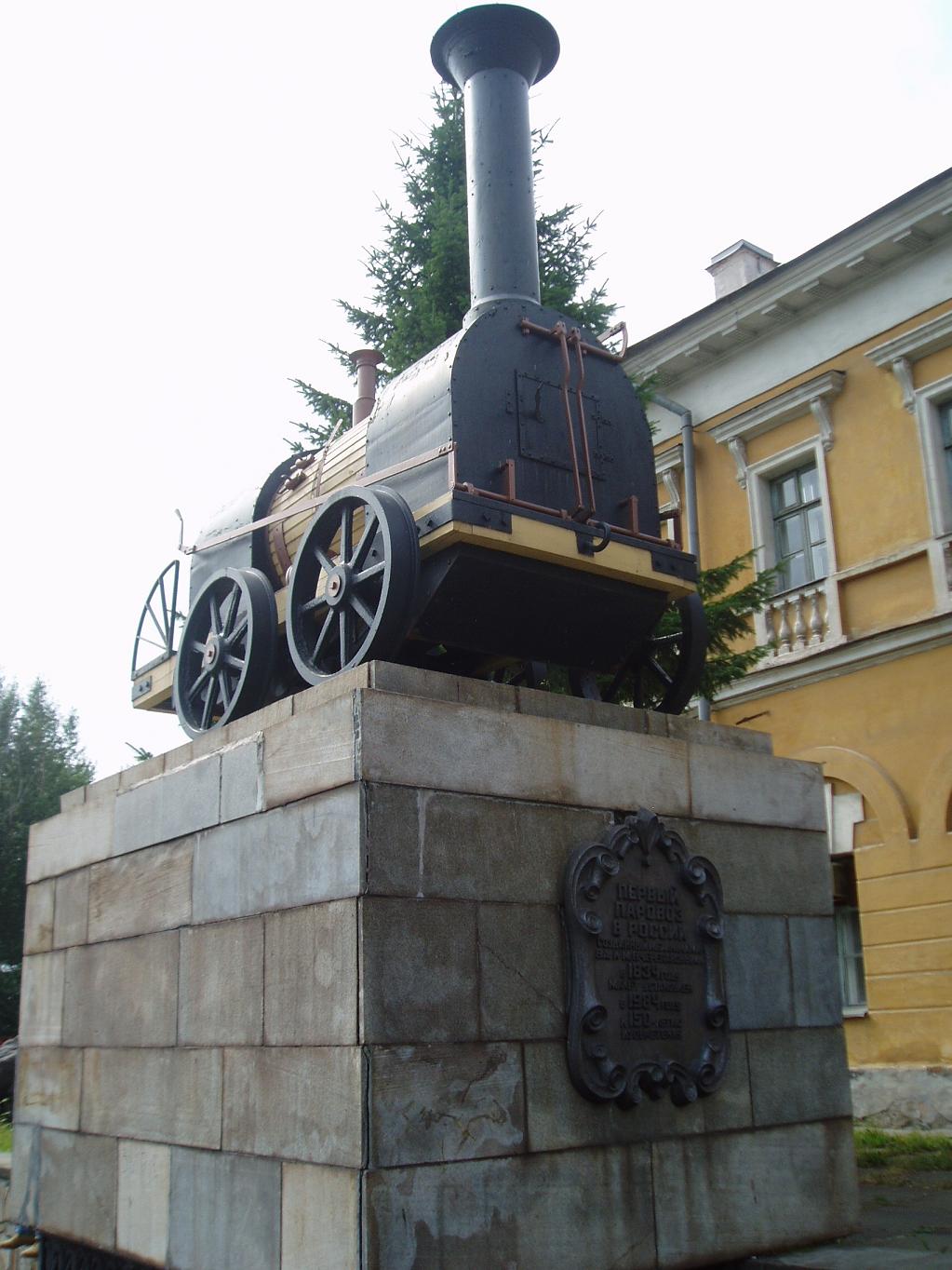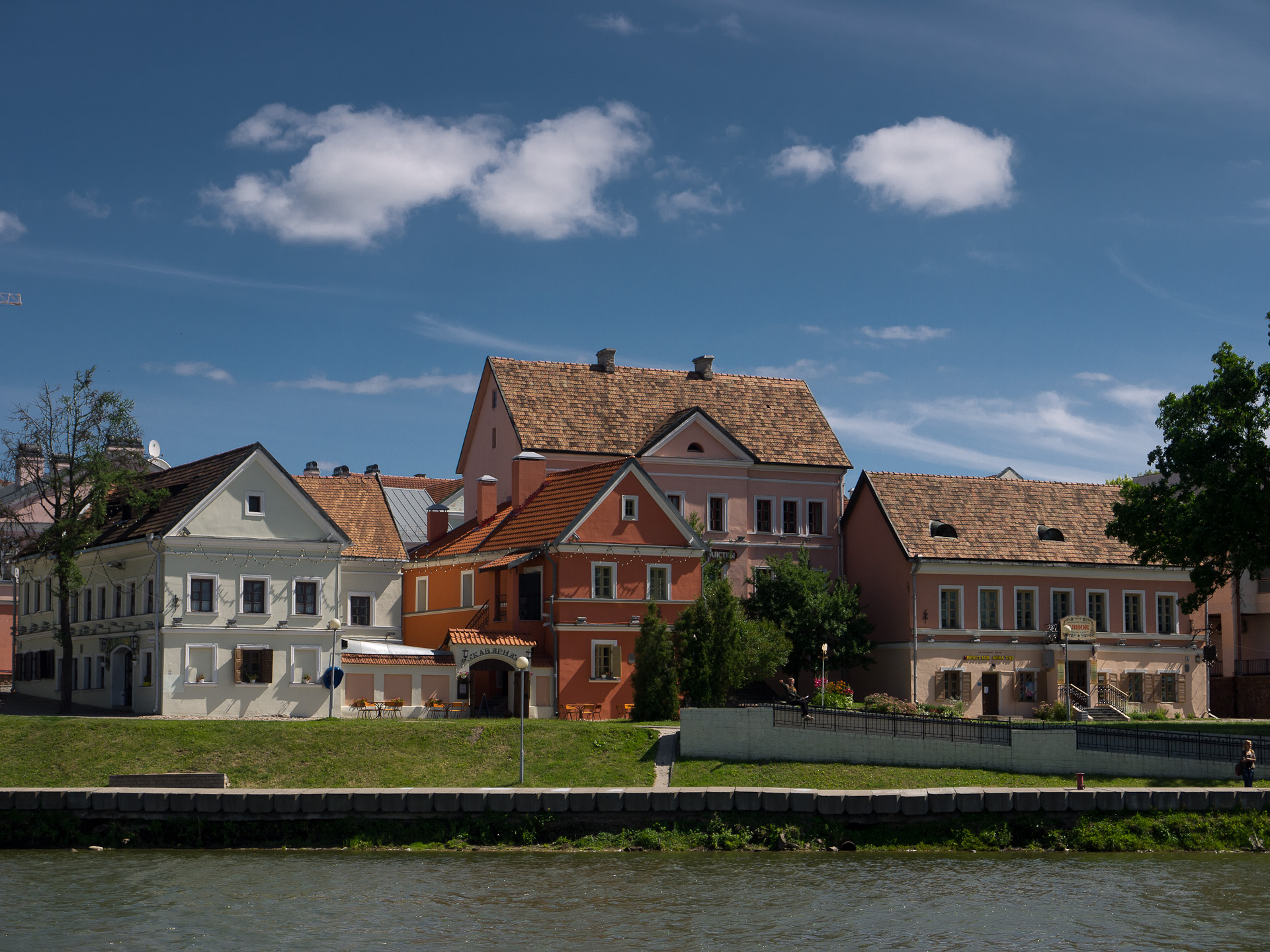|
Trams Of Putilov Plant
Trams of Putilov plant - wagons of series F (Fonarniy), MS (Motorny Stalnoy) and PS (Pritsepnoy Stalnoy), made by Putilov plant in Saint Petersburg. Models F Full motor wagon. There were six rectangular windows of conventional type. Headlamps absent, they replace a pair of searchlights, suspended from the bottom to the roof of the two sites wagon. MS-1 Bilateral wagon with two cabins. Head-sheets have rounded forms. Number of seats - 24. Available in 1927. PS Wagon on a bilateral free axles without bogies. The diameter wheels smaller than MS. Venue shorter than that of MS. Available in 1929. MS-2 Tram MS-2 at Staro-Nicholas Bridge in St. Petersburg. Bilateral wagon with two cabins. Handrails at the entrance to the salon (no doors), open platform. Head-sheets have a flat shape. MS-3 Bilateral wagon with two cabins. Closed sites, indoor saloon. Head-sheets have a flat shape. Number of seats - 24. MSP-3 Bilateral wagon with two cabins. Closed sites, indoor saloon. Head-sheets ... [...More Info...] [...Related Items...] OR: [Wikipedia] [Google] [Baidu] |
Putilov Plant
The Kirov Plant, Kirov Factory or Leningrad Kirov Plant (LKZ) ( rus, Кировский завод, Kirovskiy zavod) is a major Russian mechanical engineering and agricultural machinery manufacturing plant in St. Petersburg, Russia. It was established in 1789, then moved to its present site in 1801 as a foundry for cannonballs. The Kirov Plant is sometimes confused with another Leningrad heavy weapons manufacturer, ''Factory No. 185 (S.M. Kirov)''. Recently the main production of the company is Kirovets heavy tractors. History In 1868 Nikolay Putilov (1820-1880) purchased the bankrupt plant; at the Putilov Works the Putilov Company (a joint-stock holding company from 1873) initially produced rolling stock for railways. The establishment boomed during the Russian industrialization of the 1890s, with the work-force quadrupling in a decade, reaching 12,400 in 1900. The factory traditionally produced goods for the Russian government, with railway products accounting for more th ... [...More Info...] [...Related Items...] OR: [Wikipedia] [Google] [Baidu] |
Krasnodar
Krasnodar (; rus, Краснода́р, p=krəsnɐˈdar; ady, Краснодар), formerly Yekaterinodar (until 1920), is the largest city and the administrative centre of Krasnodar Krai, Russia. The city stands on the Kuban River in southern Russia, with a population of 1,099,344 residents, and up to 1.2 million residents in the Urban Okrug. In the past decade Krasnodar has experienced rapid population growth, rising to become the thirteenth-largest city in Russia, and the second-largest city in southern Russia, as well as the Southern Federal District. The city originated in 1793 as a fortress built by the Cossacks, and became a trading center for southern Russia. The city sustained heavy damage in World War II but was rebuilt and renovated after the war. Krasnodar is a major economic hub in southern Russia; In 2012, '' Forbes'' named Krasnodar the best city for business in Russia. Krasnodar is home to numerous sights, including the Krasnodar Stadium. Its main airpo ... [...More Info...] [...Related Items...] OR: [Wikipedia] [Google] [Baidu] |
Taganrog
Taganrog ( rus, Таганрог, p=təɡɐnˈrok) is a port city in Rostov Oblast, Russia, on the north shore of the Taganrog Bay in the Sea of Azov, several kilometers west of the mouth of the Don River. Population: History of Taganrog The history of the city goes back to the late Bronze Age–early Iron Age (between the 20th and 10th centuries BC), when it was the earliest Greek settlement in the northwestern Black Sea Region and was mentioned by the Greek historian Herodotus as Emporion Kremnoi. In the 13th century, Pisan merchants founded a colony, Portus Pisanus, which was however short-lived. Taganrog was founded by Peter the Great on 12 September 1698. The first Russian Navy base, it hosted the Azov Flotilla of Catherine the Great (1770–1783), which subsequently became the Russian Black Sea Fleet. Taganrog was granted city status in 1775. By the end of the 18th century, Taganrog had lost its importance as a military base after Crimea and the entire Sea ... [...More Info...] [...Related Items...] OR: [Wikipedia] [Google] [Baidu] |
Simferopol
Simferopol () is the second-largest city in the Crimean Peninsula. The city, along with the rest of Crimea, is internationally recognised as part of Ukraine, and is considered the capital of the Autonomous Republic of Crimea. However, it is under the ''de facto'' control of Russia, which annexed Crimea in 2014 and regards Simferopol as the capital of the Republic of Crimea. Simferopol is an important political, economic and transport hub of the peninsula, and serves as the administrative centre of both Simferopol Municipality and the surrounding Simferopol District. After the 1784 annexation of the Crimean Khanate by the Russian Empire, the Russian empress decreed the foundation of the city with the name Simferopol on the location of the Crimean Tatar town of Aqmescit ("White Mosque"). The population was Etymologies The name Simferopol ( uk, Сімферо́поль; russian: link=no, Симферо́поль ) comes from the Greek ''Sympheropoli'' ( el, Συμφερό� ... [...More Info...] [...Related Items...] OR: [Wikipedia] [Google] [Baidu] |
Yekaterinburg
Yekaterinburg ( ; rus, Екатеринбург, p=jɪkətʲɪrʲɪnˈburk), alternatively romanized as Ekaterinburg and formerly known as Sverdlovsk ( rus, Свердло́вск, , svʲɪrˈdlofsk, 1924–1991), is a city and the administrative centre of Sverdlovsk Oblast and the Ural Federal District, Russia. The city is located on the Iset River between the Volga-Ural region and Siberia, with a population of roughly 1.5 million residents, up to 2.2 million residents in the urban agglomeration. Yekaterinburg is the fourth-largest city in Russia, the largest city in the Ural Federal District, and one of Russia's main cultural and industrial centres. Yekaterinburg has been dubbed the "Third capital of Russia", as it is ranked third by the size of its economy, culture, transportation and tourism. Yekaterinburg was founded on 18 November 1723 and named after the Russian emperor Peter the Great's wife, who after his death became Catherine I, Yekaterina being the Russian for ... [...More Info...] [...Related Items...] OR: [Wikipedia] [Google] [Baidu] |
Novorossiysk
Novorossiysk ( rus, Новоросси́йск, p=nəvərɐˈsʲijsk; ady, ЦIэмэз, translit=Chəməz, p=t͡sʼɜmɜz) is a city in Krasnodar Krai, Russia. It is one of the largest ports on the Black Sea. It is one of the few cities honored with the title of the Hero City. Population: History In antiquity, the shores of the Tsemes Bay were the site of Bata ( el, Μπάτα), an ancient Greek colony that specialized in the grain trade. It is mentioned in the works of Strabo and Ptolemy, among others. Following brief periods of Roman and Khazar control, from the 9th century onwards, the area was part of the Byzantine θέμα Χερσῶνος ''Thema Khersonos'' (Province of Cherson). During the 11th century, the area was overrun and controlled by nomads from the Eurasian steppe, led by the Cumans. Later that century, the Byzantine emperor Ἀλέξιος Κομνηνός Alexios I Komnenos ( r. 1081–1118) was approached by Anglo-Saxon refugees, who had left Engl ... [...More Info...] [...Related Items...] OR: [Wikipedia] [Google] [Baidu] |
Novokuznetsk
Novokuznetsk ( rus, Новокузнецк, p=nəvəkʊzˈnʲɛt͡sk; literally: "new smith's", cjs, Аба-тура, ''Aba-tura'') is a city in Kemerovo Oblast (Kuzbass) in south-western Siberia, Russia. It is the second largest city in the oblast, after Kemerovo. Population: It was previously known as ''Kuznetsk'' until 1931, and as ''Stalinsk'' until 1961. History Founded in 1618 by men from Tomsk as a Cossack '' ostrog'' (fort) on the Tom River, it was initially called Kuznetsky ostrog (). It became the seat of Kuznetsky Uyezd in 1622. Kuznetsk () was granted town status in 1689. It was here that Fyodor Dostoevsky married his first wife, Maria Isayeva (1857). Joseph Stalin's rapid industrialization of the Soviet Union transformed the sleepy town into a major coal mining and industrial center in the 1930s. It merged with Sad Gorod in 1931. In 1931–1932, the city was known as Novokuznetsk and between 1932 and 1961 as Stalinsk (), after Stalin. Climate Novokuznetsk has ... [...More Info...] [...Related Items...] OR: [Wikipedia] [Google] [Baidu] |
Nizhny Tagil
Nizhny Tagil ( rus, Нижний Тагил, p=ˈnʲiʐnʲɪj tɐˈgʲil) is a city in Sverdlovsk Oblast, Russia, located east of the boundary between Asia and Europe. Population: History The prehistory of Nizhny Tagil dates back to the mid-16th century, when the Stroganovs received the right to possess land by the Kama and Chusovaya basins. In 1579 they founded the first settlement, the Utkin sloboda, by the river Utka, the mouth of Chusoya. Fateyevo, the first Russian village in the Tagil region, was founded in 1665. In 1696, by the order of Tsar Peter the Great, the Vysokogorsky iron ore quarry was opened. Voevode Dmitry Protasyev was elected to search for iron and magnetic ores. The deposits were particularly rich, and included lodes of pure magnetic iron. The surrounding landscape provided everything needed for a successful and productive mining and smelting operation — rivers for transport, forests for fuel, and suitable climate. Several years later, the Tsar intr ... [...More Info...] [...Related Items...] OR: [Wikipedia] [Google] [Baidu] |
Nizhny Novgorod
Nizhny Novgorod ( ; rus, links=no, Нижний Новгород, a=Ru-Nizhny Novgorod.ogg, p=ˈnʲiʐnʲɪj ˈnovɡərət ), colloquially shortened to Nizhny, from the 13th to the 17th century Novgorod of the Lower Land, formerly known as Gorky (, ; 1932–1990), is the administrative centre of Nizhny Novgorod Oblast and the Volga Federal District. The city is located at the confluence of the Oka and the Volga rivers in Central Russia, with a population of over 1.2 million residents, up to roughly 1.7 million residents in the urban agglomeration. Nizhny Novgorod is the sixth-largest city in Russia, the second-most populous city on the Volga, as well as the Volga Federal District. It is an important economic, transportation, scientific, educational and cultural center in Russia and the vast Volga-Vyatka economic region, and is the main center of river tourism in Russia. In the historic part of the city there are many universities, theaters, museums and churches. The city ... [...More Info...] [...Related Items...] OR: [Wikipedia] [Google] [Baidu] |
Minsk
Minsk ( be, Мінск ; russian: Минск) is the capital and the largest city of Belarus, located on the Svislach (Berezina), Svislach and the now subterranean Nyamiha, Niamiha rivers. As the capital, Minsk has a special administrative status in Belarus and is the administrative centre of Minsk Region (oblast, voblast) and Minsk District (Raion, raion). As of January 2021, its population was 2 million, making Minsk the Largest cities in Europe, 11th most populous city in Europe. Minsk is one of the administrative capitals of the Commonwealth of Independent States (CIS) and the Eurasian Economic Union (EAEU). First documented in 1067, Minsk became the capital of the Principality of Minsk before being annexed by the Grand Duchy of Lithuania in 1242. It received town privileges in 1499. From 1569, it was the capital of the Minsk Voivodeship, an administrative division of the Polish–Lithuanian Commonwealth. It was part of a region annexed by the Russian Empire in 1793, as a c ... [...More Info...] [...Related Items...] OR: [Wikipedia] [Google] [Baidu] |
Leningrad
Saint Petersburg ( rus, links=no, Санкт-Петербург, a=Ru-Sankt Peterburg Leningrad Petrograd Piter.ogg, r=Sankt-Peterburg, p=ˈsankt pʲɪtʲɪrˈburk), formerly known as Petrograd (1914–1924) and later Leningrad (1924–1991), is the List of cities and towns in Russia by population, second-largest city in Russia. It is situated on the Neva River, at the head of the Gulf of Finland on the Baltic Sea, with a population of roughly 5.4 million residents. Saint Petersburg is the List of European cities by population within city limits, fourth-most populous city in Europe after Istanbul, Moscow and London, the List of cities and towns around the Baltic Sea, most populous city on the Baltic Sea, and the world's List of northernmost items#Cities and settlements, northernmost city of more than 1 million residents. As Russia's Imperial capital, and a Ports of the Baltic Sea, historically strategic port, it is governed as a Federal cities of Russia, federal city. ... [...More Info...] [...Related Items...] OR: [Wikipedia] [Google] [Baidu] |
Lipetsk
Lipetsk ( rus, links=no, Липецк, p=ˈlʲipʲɪtsk), also romanized as Lipeck, is a city and the administrative center of Lipetsk Oblast, Russia, located on the banks of the Voronezh River in the Don basin, southeast of Moscow. Population: History Lipetsk was first mentioned in the 13th century chronicles. The name means " Linden city" and is cognate with Leipzig and Liepāja. In 1284, the city was destroyed by the Mongols. The foundation of the modern city dates back to 1703,Charter of Lipetsk, Article 1 when Peter the Great ordered construction of a cast iron factory in Lipetsk near the iron ore deposits for making artillery shells. On September 27, 1779, Lipetsk was granted town status. It became one of the principal towns of Tambov Governorate. In 1879, Lipetsk hosted a congress of members of Land and Liberty. After the Treaty of Rapallo (1922) until 1933, the much-reduced German Army (''Reichswehr'') of the Weimar Republic secretly contracted wi ... [...More Info...] [...Related Items...] OR: [Wikipedia] [Google] [Baidu] |
